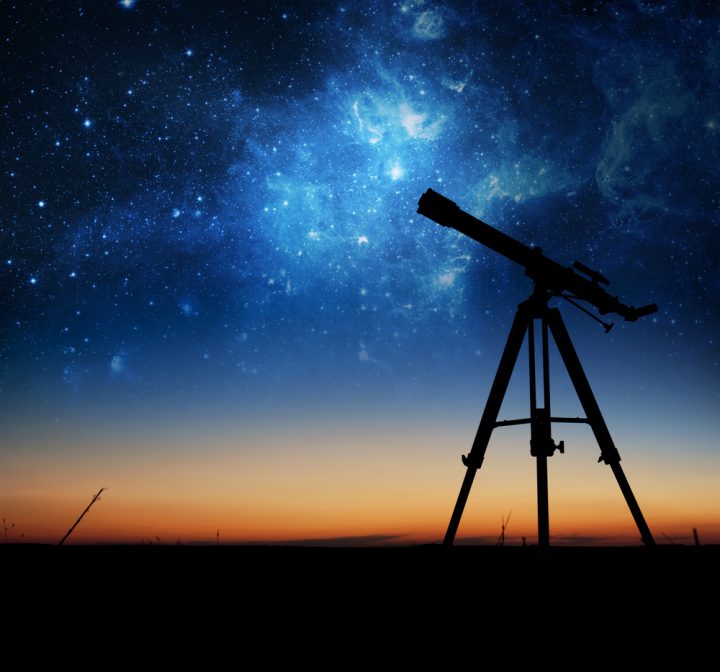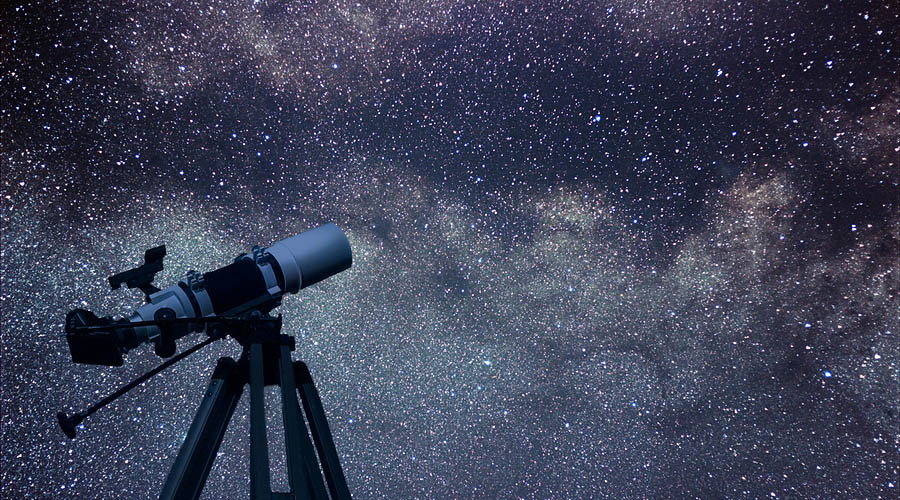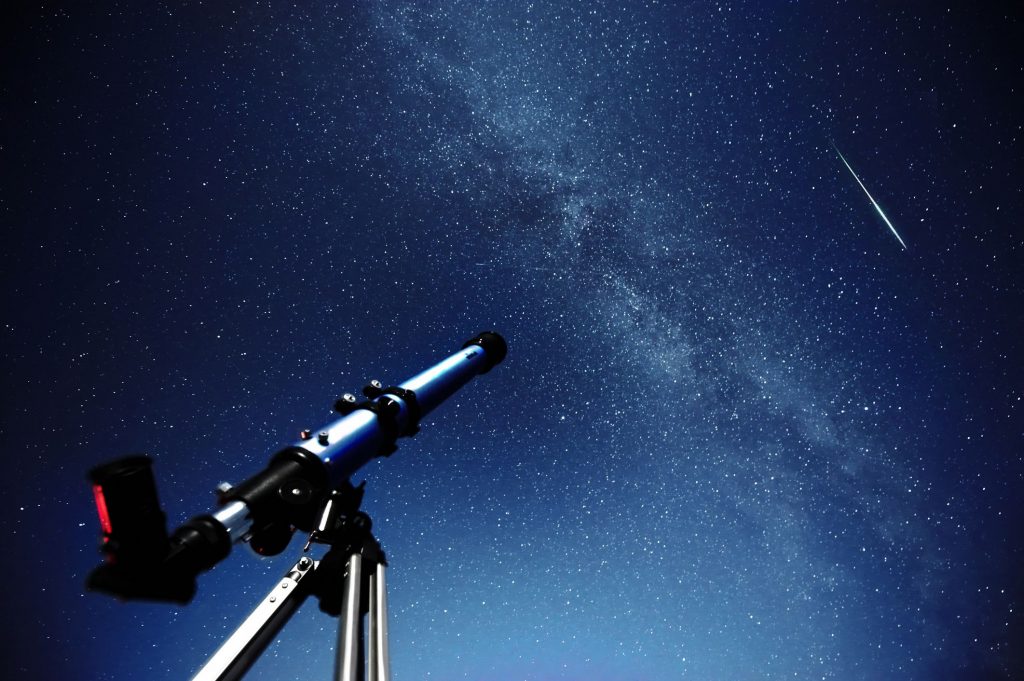We humans are all made of stardust. In light of that, is it any wonder that we are obsessed with finding out more about the vastness above us filled with stars? But even before this theory was introduced, certain people in the past have always suspected that this is where we came from. Our ancestors were also captivated by the stars and there’s also a theory that it was precisely this what actually motivated early humans to start walking on two feet.

Most, if not all of us, have done the same thing our ancestors did in their time – looking up at the sky, wondering what all of this is, whether it has a beginning and an end and where it all came from… This deep passion for astronomy has existed in people thousands of years ago and has led to the invention of the first telescope by Galileo. He used it to observe Jupiter – a bright object that’s very easy to spot.
An optical telescope is an instrument that doesn’t simply magnify the different bodies in outer space as many believe, but it gathers light from the object and produces a real image of it. This way, it can help you spot passing satellites, explore open star clusters, admire Saturn’s rings or notice how the Moon changes from day to night.
Any optical telescope can open you the doors to a whole new world which is full of delights – all you need to do is select the right telescope and you will be able to look at the stars for a lifetime. So, whether you want to surprise someone with a telescope or simply get one for you, before you spend your hard-earned money, here are some simple guidelines to follow.

Today’s technological advances have led to bigger and better telescopes with various features and ones that offer seeing more intricate details. But that shouldn’t mean that you need to buy the most expensive one you can afford. If you are a novice sky gazer, you can stop by some local observatory and try out some of the different telescopes they have. In fact, Australia is a land blessed with low light pollution meaning that it has more than its fair share of great observatories. While there, you can ask for a bit of advice from knowledgeable and enthusiastic people. Binoculars are a good option if you are a novice sky gazer. They are easier to use, portable, and can unveil astonishing details of the moon and the stars.
If you truly feel prepared to have a telescope, then you should do your research. As mentioned before, the optical telescope creates an image by gathering light. What this means is that if possible, buy one with a bigger objective as this can result in a better and clearer image. The diameter of the light-gathering lens or mirror is one of the most important characteristics of a telescope and is usually expressed in millimeters or less commonly in inches. As a rule of thumb, your telescope’s lens or mirror should have at least 70 mm or 2,8 inches diameter or preferably more.

For a beginner or an amateur astronomer, a computerised telescope is also a good option as these include a so-called GoTo function that prevents you from having to locate an object in space yourself. The GoTo function enables you to find your way in space with just a push of a button. You also don’t have to adjust the telescope yourself as this is done automatically.
Some optical telescopes even feature integrated WiFi. What this means is that you can control the telescope from your smartphone or tablet if you have the right application. Also, you’ll be able to connect to your telescope even when you have no other cellular network or WiFi available because these WiFi telescopes create their own WiFi connection.
If you are buying a telescope for a child, then a tabletop telescope is a good option. These are portable, lightweight, easy to use and durable. Spotting scopes are also made with portability in mind, but they are mostly used by hunters, animal-spotters, and birders. If you are interested into deep-sky astrophotography which is an extremely dedicated hobby a compound scope that uses a combination of mirrors and lenses is a great choice.